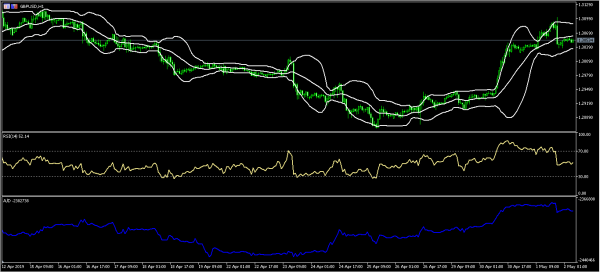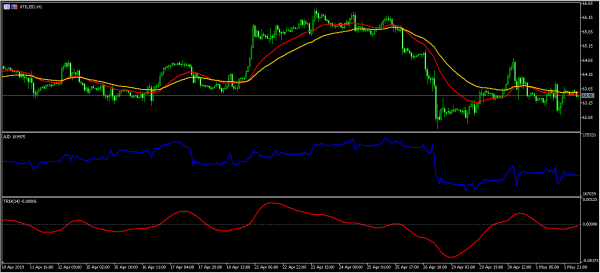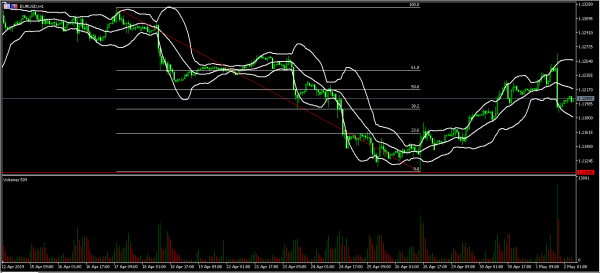The price of crude oil declined after data from the US energy department showed that inventories rose by a higher margin than expected. In the fourth week of April, inventories rose by more than 9 million barrels. This was higher than the expected gain of just over 1 million barrels. In the third week, inventories had gained by more than 5 million barrels. On Tuesday, data from API showed that the inventories rose by 6 million barrels. The losses were offset by a report that OPEC had reduced production to a four-year low.
The US dollar strengthened after the Federal Reserve delivered its interest rates decision. The bank announced that it was leaving interest rates unchanged at the 1.75% level. Most of the market participants expected this. The main market-moving news was the statement that the Fed was not planning to increase or lower rates this year. A good number of analysts were expecting the Fed to lower rates at some point. In an official statement, the Fed said that:
Consistent with its statutory mandate, the Committee seeks to foster maximum employment and price stability. In support of these goals, the Committee decided to maintain the target range for the federal funds rate at 2-1/4 to 2-1/2 percent. The Committee continues to view sustained expansion of economic activity, strong labor market conditions, and inflation near the Committee’s symmetric 2 percent objective as the most likely outcomes. In light of global economic and financial developments and muted inflation pressures, the Committee will be patient as it determines what future adjustments to the target range for the federal funds rate may be appropriate to support these outcomes.
Sterling dropped against the USD following the relatively hawkish statement by the Fed. Today, focus will shift to the Bank of England (BOE) as it prepares to deliver its interest rates decision. The bank is expected to leave rates unchanged at 0.75%. Investors will want to see the number of officials who will vote for a rate hike. The UK is currently in a difficult situation because companies operating in the country are afraid of making investments. International investors are also uncertain about investing in the country due to uncertainties around Brexit.
EUR/USD
The EUR/USD pair declined after the Fed delivered its interest rates decision. The pair reached a low of 1.1188, which was along the 38.2% Fibonacci Retracement level. In the Asian session, the pair attempted to pare some of the losses, and reached a high of1.1200. This price is between the lower and middle band of the Bollinger Bands while the volumes were relatively subdued. Today, the pair could resume the downward trend and reach the 23.6% Fibonacci level of 1.1160.
GBP/USD
The GBP/USD pair dropped after the Fed decision and ahead of the BOE interest rates decision. On the hourly chart, the pair dropped to an intraday low of 1.3035, which is along the middle line of the Bollinger Bands. The RSI dropped from a high of above 70 to the current 53. The accumulation/distribution indicator too has eased. The pair will likely resume the upward trend and attempt to retest the previous highs.
XTI/USD
After rising yesterday, the price of WTI declined slightly after increased inventories data. It is now trading at $63.42, which is along the 25-day moving averages and slightly below the 50-day EMAs. The accumulation/distribution indicator has remained relatively unmoved while the Triple Exponential Average has remained slightly below the neutral level. The pair will likely continue trading along this range as traders get more clarity on OPEC supplies.














